I love Ikea. Have you ever bought something from Ikea? It’s the land of everything you do and don’t need all in stackable boxes. I live very close to an Ikea and I find myself wandering through the endless patented Ikea maze every few months trying to find a piece of furniture to serve a specific need. Once home, I open the box and bust out the instruction manual (if you haven’t purchased furniture from Ikea, the instruction manual is only pictures – no words). Imagine an Ikea furniture without instructions. *shudders*
Every good marketer operates off of an instruction manual as well – it’s your marketing plan. This plan dictates what you will do, how you’ll do it, and who you’ll be doing it to. It’s your marketing bible and will instruct you, remind you, and keep you on track to your year-end goals. I’d encourage every restoration marketer to sit down this January and write up a 2015 marketing plan.
How to Write a Restoration Marketing Plan
The marketing plan is important. We’ve borrowed the formula written by Dave Lavinsky’s – http://www.forbes.com/sites/davelavinsky/ Forbes article on writing a marketing plan – http://www.forbes.com/sites/davelavinsky/2013/09/30/marketing-plan-template-exactly-what-to-include/ . The concepts he has written about there have been tailored to our very specific property restoration industry. This 15 section recommendation will create a comprehensive marketing plan and covers every aspect as such. If you find this plan too comprehensive, feel free to pick and choose different sections until you create a plan that’s right for your position, your budget, and your marketing goals.
Section 1: Executive Summary
This is the description of what your marketing plan will cover. Imagine writing this in a way that your boss, your coworker, and your subordinates will read it and know exactly what you’re talking about with regards to your marketing goals. This is the thesis statement to your entire plan and everything you write beyond this should support the executive summary.
Section 2: Target Customers
We’re in property restoration, so our target clients are pretty universal but all the client categories require very different plans. In this section, under each demographic, list out their demographic profiles (age, gender), their interests, and how they can benefit from the restoration services you provide. “Being able to more clearly identify your target customers will help you both pinpoint your advertising (and get a higher return on investment) and better “speak the language” of prospective customers.” Your marketing to Insurance Agents cannot be the same for your Property Mangers and so forth. For example…
- Insurance Agents : Demographic – Typically mid-40s – 50s | Interests – Golf Outings, Client Retention | Benefits from Good Communication
- Property Managers : Demographic – Typically mid-20s – 40s | Interests – Happy Hours, Networking Events, Learning Events | Benefits from “One Stop Shop” Mentality
- Commercial Offices : Demographic – Typically mid-40s – 60s | Interests – Happy Hours, Work-Hosted Events | Benefits from Quick Response Times
- Real Estate Agencies : Demographic – Typically mid-20s – 60s | Interests – Networking Events, Cross Promotions | Benefits from Cleanings Pre / Post Moves, Moving
- Adjusters : Demographic – Typically mid-40s – 50s | Interests – Learning Events| Benefits from Communication, Costs, and Efficiency
- Home owners, rental owners, etc.
Section 3: Unique Selling Proposition (USP)
What sets you apart from the restoration company across the street? Do you have a faster response time? Do you do everything in-house? Do you followup constantly throughout the restoration process? Are you using new technology to be more efficient. Your Unique Selling Proposition is what will make a potential client a life long client. If you don’t have a USP, find one. There are plenty of things you can do to set yourself apart from your competitor.
Section 4: Pricing & Positioning Strategy
“Your pricing and positioning strategy must be aligned. For example, if you want your company to be known as the premier brand in your industry, having too low a price might dissuade customers from purchasing. In this section of your marketing plan, detail the positioning you desire and how your pricing will support it.” Most restoration companies use specific software to handle insurance losses, but outside of insurance losses, what are your prices like? Match your pricing to your image. If the two compliment each other, (medium prices, great quality) you’ll have a list of clients out the door. If the two don’t match (high prices, low quality) and you’ll turn off people for good.
Section 5: Distribution Plan
How will you reach the customers you listed above? This is your distribution plan and you’ll need a specific one for each client profile. Reaching insurance agents may be at a local networking event while reaching property managers may include Lunch and Learns. Homeowners may find you online (which means a great SEO strategy and social strategy) and adjusters may find you through word-of-mouth.
Section 6: Your Offers
Offers are special deals you put together to secure more new customers and drive past customers back to you. Tread carefully with this one. Some industries we work with in the restoration world see offers as a big no-no, but others – like homeowners – may see a “free carpet cleaning” as an offer they would jump on. Free lunch and learns are a great way to work around the “no freebies” mentality while still providing value.
Section 7: Marketing Materials
“Your marketing materials are the collateral you use to promote your business to current and prospective customers. Among others, they include your website, print brochures, business cards, and catalogs.” Your marketing materials should again be tailored to your client demographics. What you give to an insurance agency will differ from what you give to a homeowner. Some of my favorite marketing collateral includes…
- Door Hangers – used when doing work on a nearby home or apartment. Something to the effect of “Excuse the noise – we’re just fixing things up! Let us know if we’re too loud” and adding your contact information below is a great way to subtly marketing without being too “in your face”
- Followup Letters – This should be a template that is constantly tailored to each property manager / insurance agent. It should also include pictures from a recent loss and an update on how the insured thinks the project is going. These followup letters go a LONG way.
- Folders – A great way to keep the insured’s paperwork together while reminding them of all the other services you offer. This should be well-designed, provide pockets and receipts holder and have the contact info for the office, the project manager, etc.
Section 8: Promotions Strategy
“The promotions section is one of the most important sections of your marketing plan and details how you will reach new customers. There are numerous promotional tactics, such as television ads, trade show marketing, press releases, online advertising, and event marketing.” This would be a great place to list out trade shows you want to attend (and their associated pricing), your concepts for new online and social marketing, as well as a proposed calendar of events including lunch-and-learns, happy hours, networking events, and association events. A cool thing to consider is an office open-house for clients to witness how the restoration process actually (most have no idea of the work that goes into getting soot out of dining china).
Section 9: Online Marketing Strategy
I love what Dave lists out in his 4 part marketing strategy and it would benefit restoration companies to man up and learn these four techniques.
“The four key components to your online marketing strategy are as follows:”
- Keyword Strategy: identify what keywords you would like to optimize your website for.
- Search Engine Optimization Strategy: document updates you will make to your website so it shows up more prominently for your top keywords.
- Paid Online Advertising Strategy: write down the online advertising programs will you use to reach target customers.
- Social Media Strategy: document how you will use social media websites to attract customers.
Section 10: Conversion Strategy
This section will denote how you plan to turn a prospect into a paying customer. Whether followup marketing materials, drop-ins, or call backs – this section should tell whoever is reading it how you plan to convert each client demographic. A prospective homeowner may need a followup email with a link to your stellar Angie’s List rating while an insurance agency may like to see a document showing them your followup process with new losses and insureds.
Section 11: Joint Ventures & Partnerships
So many companies don’t realize the benefits of joining forces. If you ever had the chance to watch Power Rangers growing up (or while your kids were growing up), the rangers would always join forces to fight the really big bad guys. In this case, you’re a power ranger who needs to find your partners and instead of fighting bad guys, you can win the big clients. If you’re a restoration company who is too big to do small roofing repairs or plumbing fixes, partner with the companies you refer work out to to co-sponsor a happy hour. Not only will you get their dollars to cover the costs, you’ll also be getting access to their marketing targets as well. A win-win-win for everyone.
Section 12: Referral Strategy
Back to what we mentioned above. Yelp, Angie’s List, and all other review sites are important as their your online referral strategy. Work on getting happy customers to leave happy reviews. This strategy will develop a plan of attack for these key review sites. Offline is important as well. Word-of-Mouth is a great marketing tool and a pretty affordable one as well. If you decide to come up with a paid referral program, this would be the perfect place to write that strategy and payment plan out.
Section 13: Strategy for Increasing Transaction Prices
This typically encompasses non-insurance loss related jobs. If someone calls in for something not covered by insurance, your pricing last year could go up this year if you have a better quality, a better communication, and a better followup plan than your competitors. Increased $ per sale is a great test of a growing company.
Section 14: Retention Strategy
Growth doesn’t always mean “new customers.” Old customers are a gold mine of potential work – and the best part? You’ve already won them over once. Consider a marketing retention plan. Whether it be a past-customer newsletter or a followup incentive for them to connect on social media profiles (that you keep updated frequently), this section will and should detail that. Drop-ins to past property managers, pizza party for an agency who already send you work, and a hand-written letter to a homeowner who has used you in the past all count!
Section 15: Financial Projections
Money money money. This is important. For every dollar spent, what do you think you’ll get back from it? (hint – if you’re spending a marketing $1 and only getting back $.25 in sales, it’s time to reevaluate!). “Include the promotional expenses you expect to incur and what your expected results will be in terms of new customers, sales and profits. Likewise include your expected results from your new retention strategy. And so on.”
Having a detailed restoration marketing plan will only help you keep on track for your goals in 2015. This is something everyone of you should spend next week writing, rewriting, and tweaking until you’re happy with the projections, the costs, and the results. Then market, market, market until you start knocking out those marketing goals. I promise, a good plan is like great Ikea instructions – you can’t really operate without them!
*Section 16: Charity
*On Twitter – https://twitter.com/ProRestore247 , ProRestore – http://prorestore.com/ mentioned another great item to include on your 2015 Marketing Plan. Charity. Share and Share alike and when it comes to marketing, charity is your best medium to do this. Ideally, find a charity that applies to your industry (we’re rebuilders, so Habitat for Humanity is always a good one). I’ve also seen restoration companies partner with Wounded Warriors Project – http://www.woundedwarriorproject.org/ to help rehabilitate homes to be wheelchair accessible. Another company went a different route and helped the local homeless shelters by getting commercial clients involved in a food drive by dropping off a moving box to fill with nonperishable goods. Charity marketing is also known as strategic giving and is a great way to market by giving back, helping others, and making the world a better place through your restoration company.
@RestorMarketing – # great post! Only thing I would add is #charity – https://twitter.com/hashtag/charity?src=hash specifically local is where we find the highest ROI.
— ProRestore (@ProRestore247) January 3, 2015 – https://twitter.com/ProRestore247/status/551207845770043392
FAQ
What year is the marketing information on the page relevant for?
The marketing information on the page is relevant for the year 2015.
What are the 15 things mentioned on the page that should be included in a marketing plan?
The 15 things mentioned on the page that should be included in a marketing plan are:
- A clear understanding of your target audience
- A clear understanding of your unique selling proposition
- A clear understanding of your competition
- A website audit A focus on search engine optimization (SEO)
- A focus on social media marketing A focus on email marketing
- A focus on content marketing
- A focus on pay-per-click (PPC) advertising
- A focus on offline marketing and advertising
- A focus on public relations and media relations
- A focus on trade show and event marketing
- A focus on referral marketing
- A focus on customer retention and loyalty programs
- A clear measurement and tracking plan
Why is it important to have a clear understanding of your target audience?
Having a clear understanding of your target audience is important because it helps to guide all marketing efforts and ensures that the right message is being communicated to the right people.
Why is it important to have a clear understanding of your unique selling proposition?
Having a clear understanding of your unique selling proposition is important because it helps to differentiate your business from your competition and communicate the value that you offer to your customers.
Why is it important to have a clear understanding of your competition?
Having a clear understanding of your competition is important because it helps businesses to identify opportunities and threats in the market and develop strategies to gain a competitive advantage.
What is a website audit and why is it important?
A website audit is a comprehensive review of a website to assess its strengths and weaknesses and identify opportunities for improvement. It is important because it helps businesses to improve the user experience and search engine visibility of their website.
Why is SEO important for a marketing plan?
SEO is important for a marketing plan because it helps to improve the visibility and credibility of a website in search engine results pages, which can drive more traffic and leads to the website.
Why is social media marketing important for a marketing plan?
Social media marketing is important for a marketing plan because it helps businesses to engage with customers, build relationships, and promote their brand on popular social media platforms such as Facebook, Twitter, and Instagram.
Why is email marketing important for a marketing plan?
Email marketing is important for a marketing plan because it helps businesses to connect with customers directly and promote their products and services through targeted and personalized messages.
Why is content marketing important for a marketing plan?
Content marketing is important for a marketing plan because it helps businesses to educate and engage customers through valuable and relevant content, build trust and credibility, and drive traffic and leads to their website.
Why is PPC advertising important for a marketing plan?
PPC advertising is important for a marketing plan because it allows businesses to reach a large and targeted audience quickly and effectively through paid search ads, display ads, and other online advertising formats.
Why is offline marketing and advertising important for a marketing plan?
Offline marketing and advertising is important for a marketing plan because it allows businesses to reach customers who may not be active online and promote their products and services through traditional marketing channels such







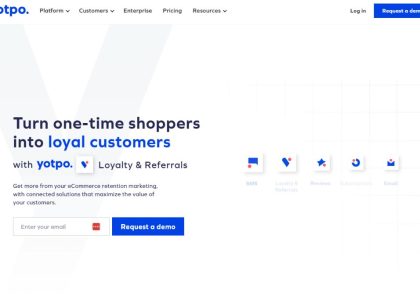
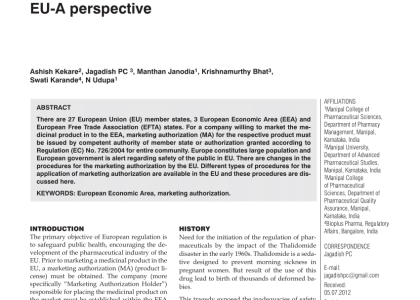
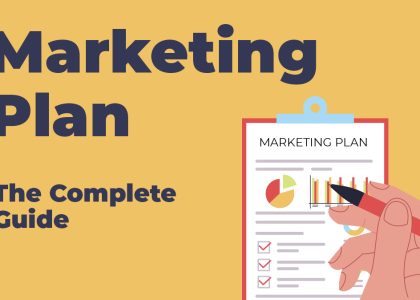
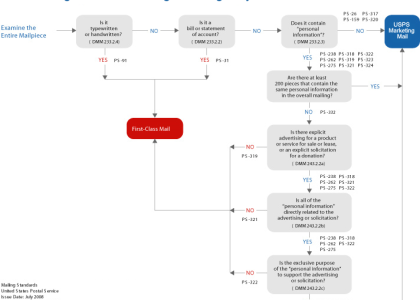
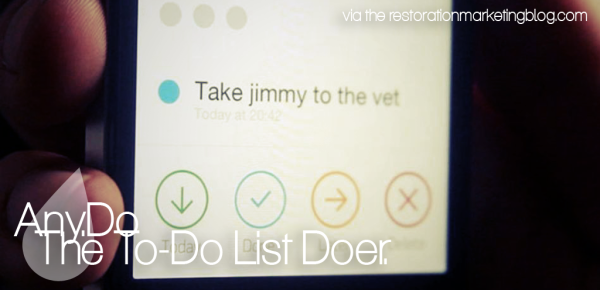
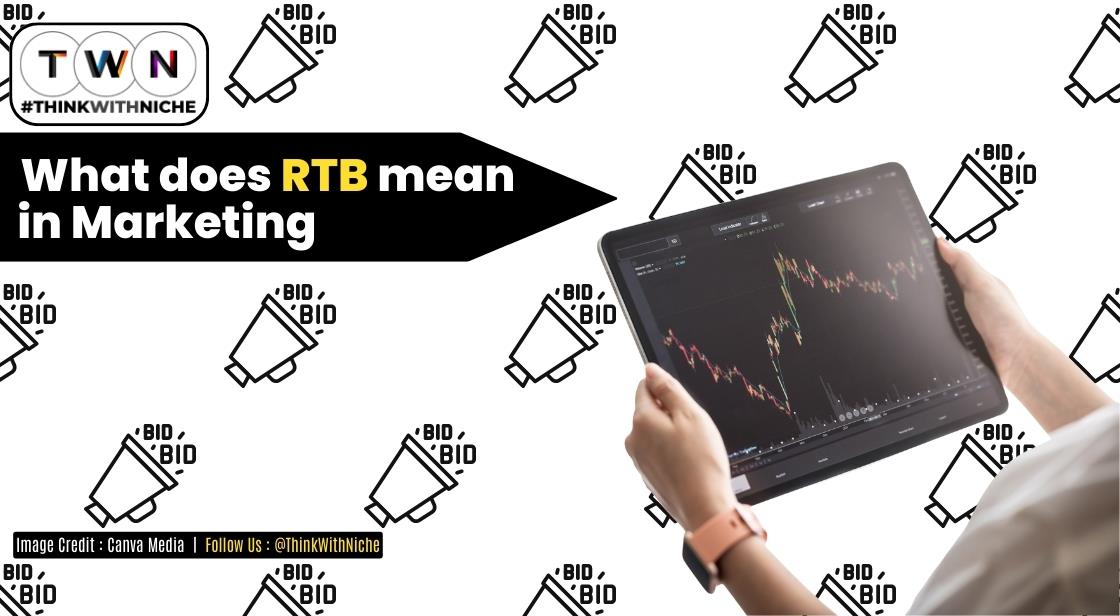


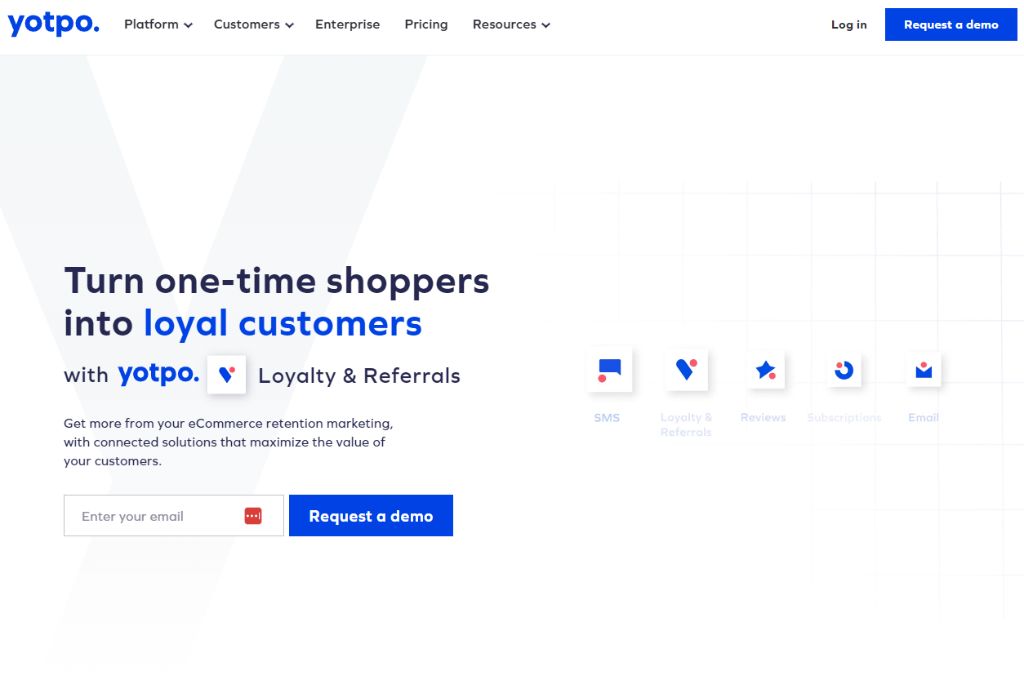
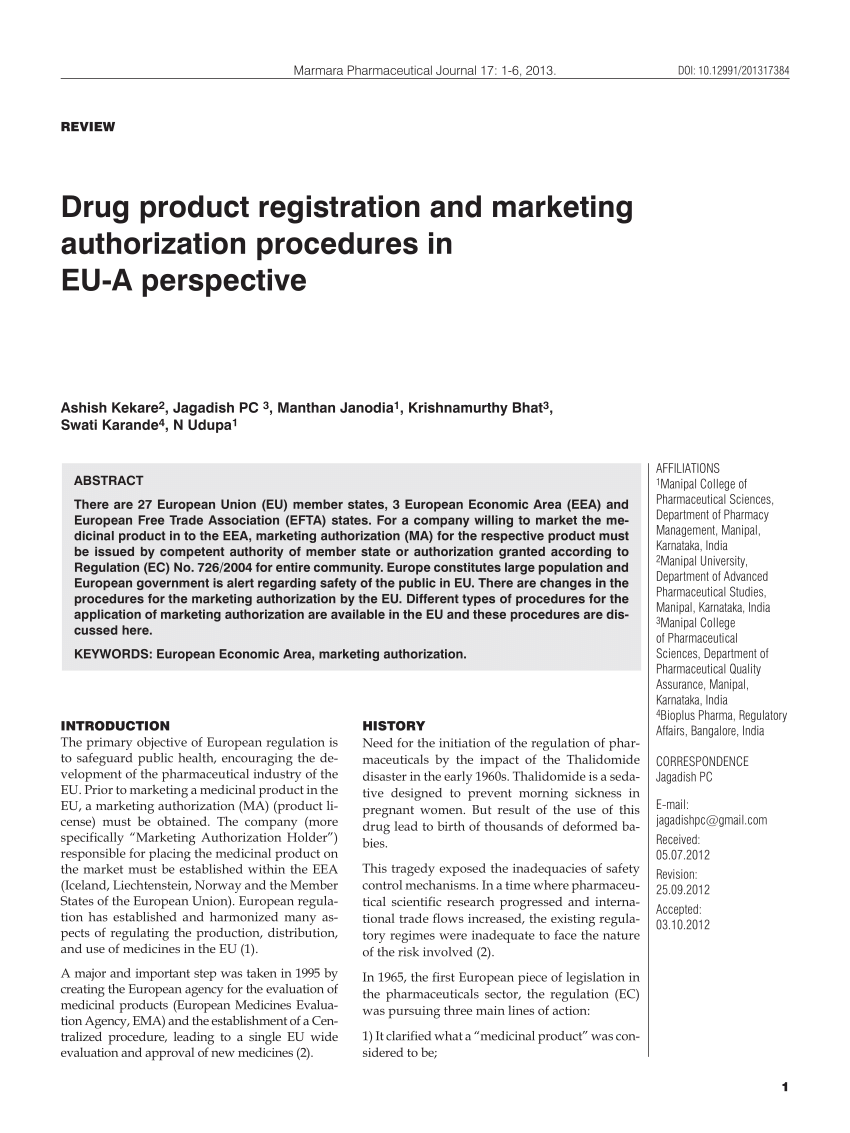
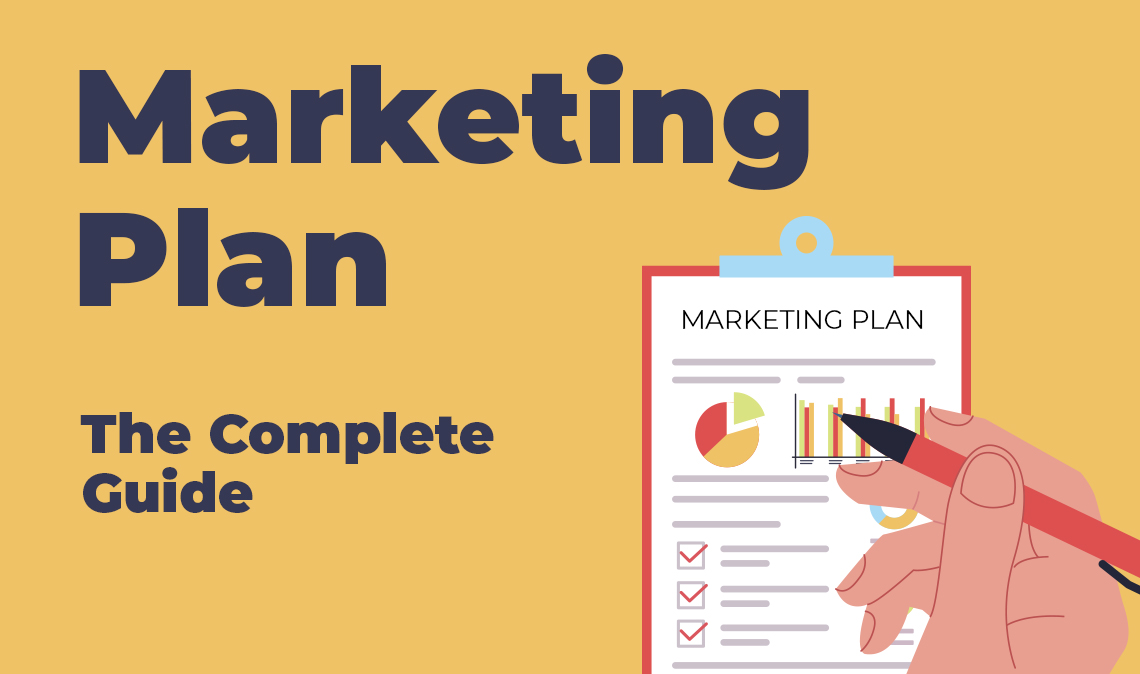
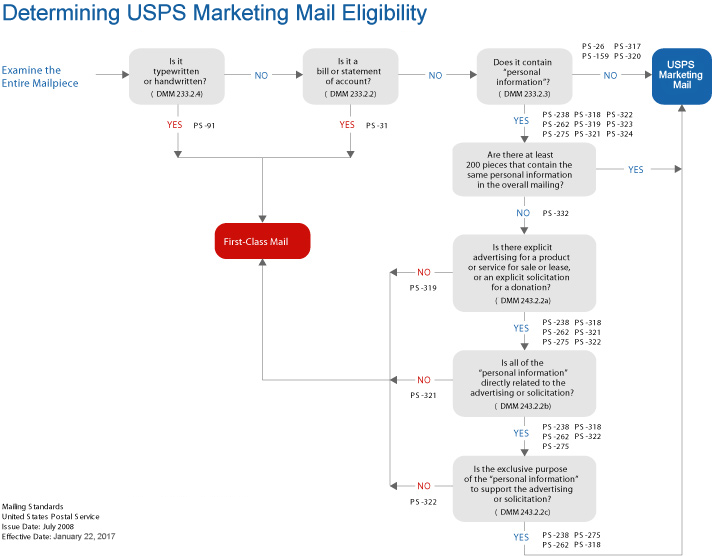
Great article very well rounded and accurately described.
Thanks Joe – hopefully it can help some marketing teams get on track at the start of the new year!
Great Article, So much valuable information, Thanks for those ideas and details.
This article provides a comprehensive list of 15 things to include in your 2015 restoration marketing plan. The tips are practical and easy to follow, making it a great resource for restoration professionals looking to improve their marketing strategy.
This article provides a comprehensive guide for restoration companies to create an effective marketing plan. It covers essential aspects of marketing, including branding, customer targeting, and digital strategies.
This article provides a comprehensive list of 15 things that should be included in a restoration marketing plan for 2015. The author does an excellent job of breaking down each item with clear explanations and examples.
As someone who works in the restoration industry, I found this article to be extremely useful. It covers everything from social media marketing to customer reviews and reputation management. Highly recommend giving it a read.
I found this article very informative and helpful in understanding the importance of creating a marketing plan for restoration businesses. The author provides practical tips and suggestions that can be easily implemented.
The author of the article clearly understands the restoration industry and provides valuable insights for creating a successful marketing plan. From identifying your target audience to utilizing social media, this article is a must-read for anyone looking to improve their restoration marketing efforts.
I appreciated the emphasis on the need for a clear and targeted marketing message in this article. The author stresses the importance of knowing your audience and tailoring your marketing efforts accordingly, which is a key factor in success.
The article is a must-read for any restoration company looking to expand its client base and increase revenue. It offers valuable insights into marketing tactics that can help businesses stand out in a competitive market.
One thing that stands out about this article is its emphasis on the importance of measuring ROI. By including this in your marketing plan, you can track the effectiveness of your campaigns and make adjustments as needed.
As a marketing professional, I appreciate the author’s focus on creating a well-rounded marketing strategy that encompasses both traditional and digital marketing channels. The article also emphasizes the importance of tracking and measuring results.
The tips for optimizing your website and utilizing online advertising were particularly helpful in this article. The author provides practical advice that can easily be implemented by restoration companies of all sizes.
The article also stresses the importance of creating a strong brand identity. With so many restoration companies out there, it’s essential to differentiate yourself and stand out from the competition.
I highly recommend this article to anyone interested in building a successful restoration business. It provides valuable information on how to define your brand, establish a strong online presence, and reach the right audience through targeted marketing.
Overall, this article is a must-read for anyone looking to improve their restoration marketing strategy in 2015. The author’s insights and recommendations are backed up by research and industry expertise, making it a valuable resource for professionals in the field.
Overall, this article is a fantastic resource for anyone in the restoration industry looking to take their marketing to the next level. It’s well-written, informative, and provides actionable steps that can be implemented immediately. Highly recommended!